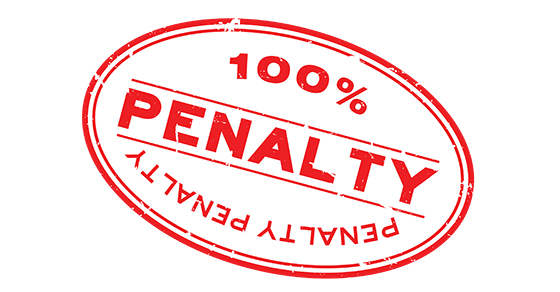Are you charitably minded and have a significant amount of money in an IRA? If you’re age 70½ or older, and don’t need the money from required minimum distributions, you may benefit by giving these amounts to charity.
IRA distribution basics
A popular way to transfer IRA assets to charity is through a tax provision that allows IRA owners who are 70½ or older to give up to $100,000 per year of their IRA distributions to charity. These distributions are called qualified charitable distributions, or QCDs. The money given to charity counts toward the donor’s required minimum distributions (RMDs) but doesn’t increase the donor’s adjusted gross income or generate a tax bill.
So while QCDs are exempt from federal income taxes, other traditional IRA distributions are taxable (either wholly or partially depending on whether you’ve made any nondeductible contributions over the years).
Unlike regular charitable donations, QCDs can’t be claimed as itemized deductions.
Keeping the donation out of your AGI may be important because doing so can:
- Help the donor qualify for other tax breaks (for example, a lower AGI can reduce the threshold for deducting medical expenses, which are only deductible to the extent they exceed 10% of AGI);
- Reduce taxes on your Social Security benefits; and
- Help you avoid a high-income surcharge for Medicare Part B and Part D premiums, (which kicks in if AGI hits certain levels).
In addition, keep in mind that charitable contributions don’t yield a tax benefit for those individuals who no longer itemize their deductions (because of the larger standard deduction under the Tax Cuts and Jobs Act). So those who are age 70½ or older and are receiving RMDs from IRAs may gain a tax advantage by making annual charitable contributions via a QCD from an IRA. This charitable contribution will reduce RMDs by a commensurate amount, and the amount of the reduction will be tax-free.
Annual limit
There’s a $100,000 limit on total QCDs for any one year. But if you and your spouse both have IRAs set up in your respective names, each of you is entitled to a separate $100,000 annual QCD limit, for a combined total of $200,000.
Plan ahead
The QCD strategy can be a smart tax move for high-net-worth individuals over 70½ years old. If you’re interested in this opportunity, don’t wait until year end to act. Contact us for more information.






